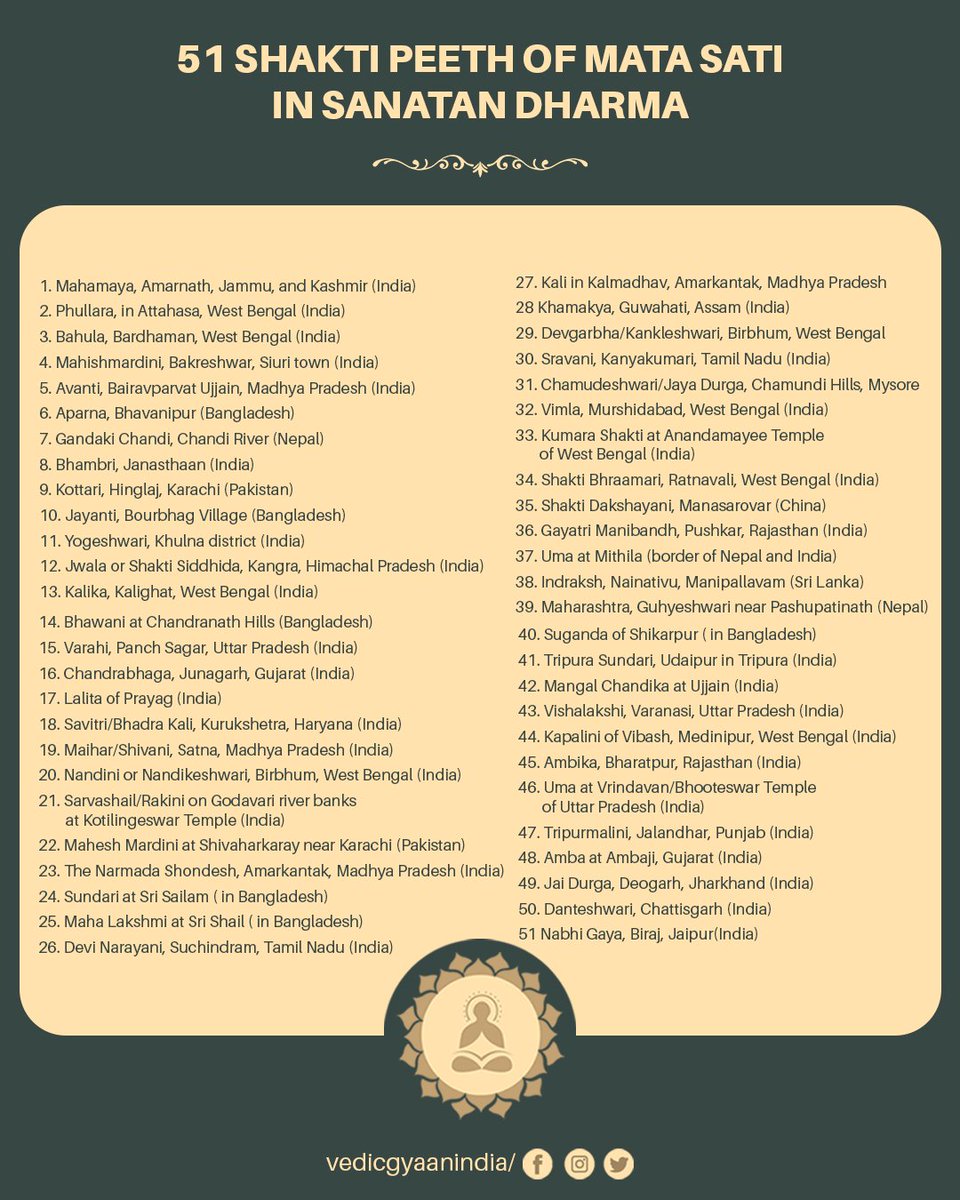
The game had its origin in India and was called Moksha Patam or Parama Padam or Mokshapat. It was used to teach Hindu Dharma and Hindu values to children. The British renamed it Snakes and Ladders.
The game was created by the 13th-century poet saint Gyandev. The ladders in the
The game was created by the 13th-century poet saint Gyandev. The ladders in the

game represented virtues and the snakes indicated vices. The game was played with cowrie shells and dices. Later through time, the game underwent several modifications but the meaning is the same i.e good deeds take us to heaven and evil to a cycle of re-births.
Certain references take the game back to the 2nd century BC. In the original game square, 12 was faith, 51 was Reliability, 57 was Generosity, 76 was Knowledge, and 78 was Asceticism. These were the squares where the ladder was found. Square 41 was for Disobedience, 44 for
Arrogance, 49 for Vulgarity, 52 for Theft, 58 for Lying, 62 for Drunkenness, 69 for Debt, 84 for Anger, 92 for Greed, 95 for Pride, 73 for Murder and 99 for Lust. These were the squares where the snake was found. The Square 100 represented Nirvana or Moksha.
Also known as ‘Parama Padam, there are a hundred squares on a board; the ladders take you up, the snakes bring you down. The difference here is that the squares are illustrated. The top of the ladder depicts a God, or one of the various heavens (Kailasa, Vaikuntha, Brahma Loka)
and so on, while the bottom describes a good quality. Conversely, each snake’s head is a negative quality or an asura (demon). As the game progresses, the various karma and samskara, good deeds and bad take you up and down the board. Interspersed are plants, people, and animals.
The game serves a dual purpose: entertainment, as well as dos and don’ts, divine reward and punishment, ethical values, and morality. The final goal leads to Vaikuntha or heaven, depicted by Vishnu surrounded by his devotees, or Kailasa with Shiva, Parvati, Ganesha
and their devotees. In this age of moral and ethical degeneration, this would be a good way of teaching values to children who think they already know more than their parents. The British took the game to England in 1892 and named it Snakes and Ladders and changed it.
• • •
Missing some Tweet in this thread? You can try to
force a refresh







